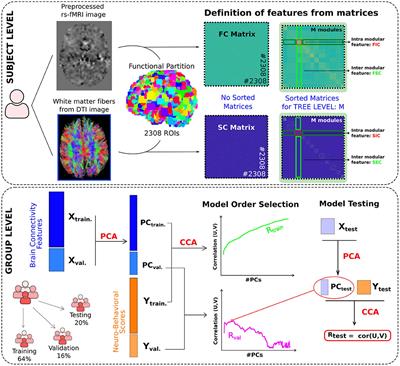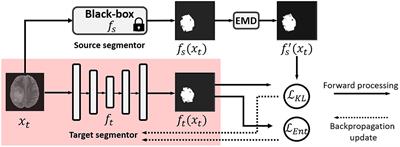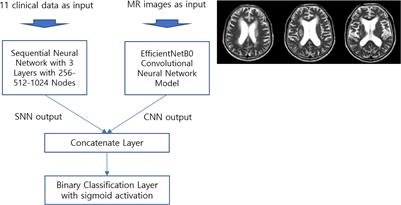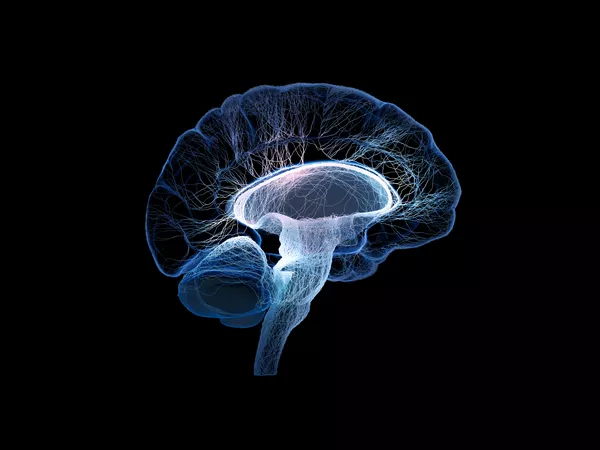ORIGINAL RESEARCH
Published on 07 Sep 2022
On the reliability of deep learning-based classification for Alzheimer’s disease: Multi-cohorts, multi-vendors, multi-protocols, and head-to-head validation
doi 10.3389/fnins.2022.851871
- 2,505 views
- 7 citations




